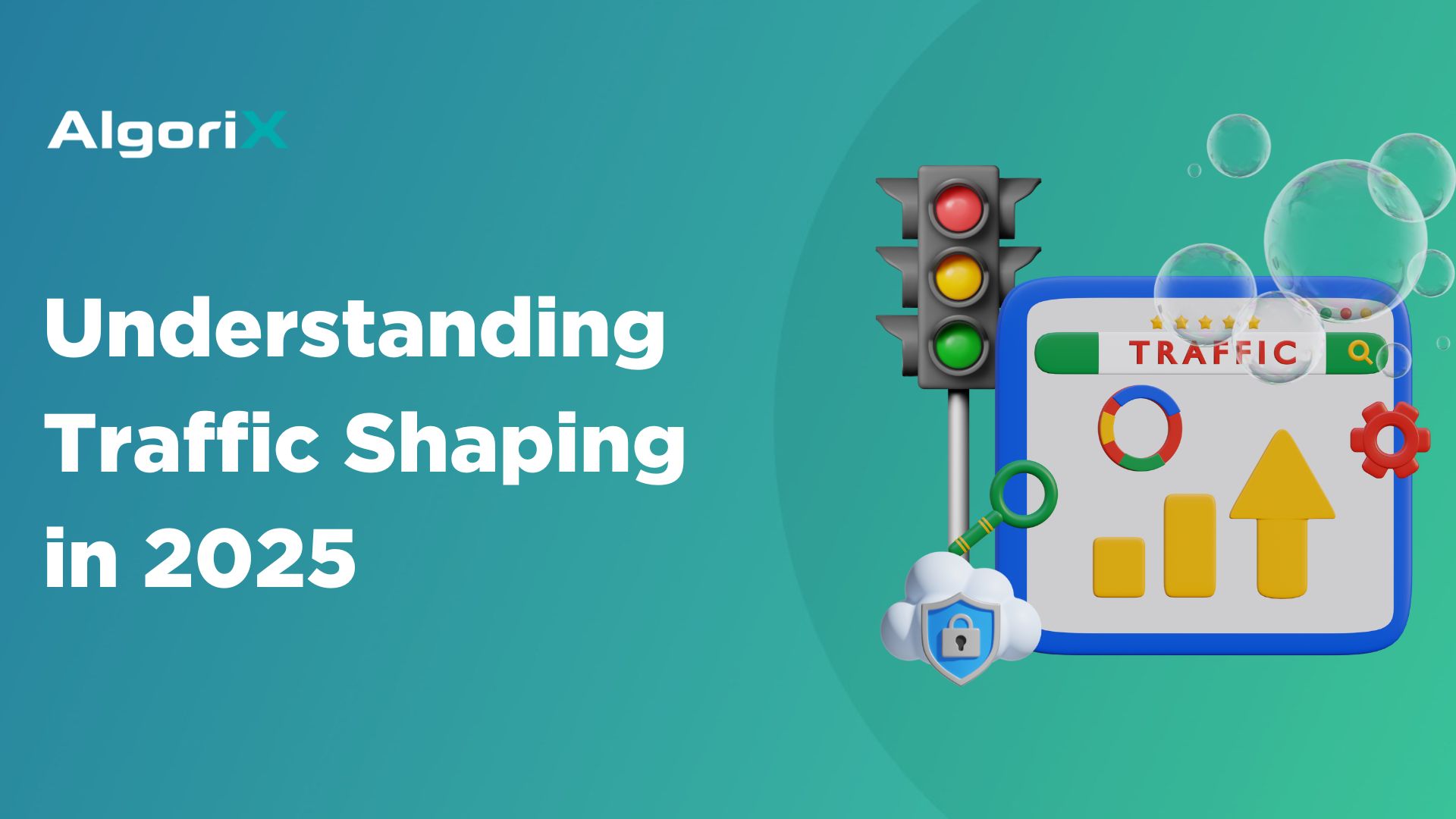Recent changes in the privacy policies of Google and Apple are already creating enormous waves in the game design and monetization market. Advertisers relied heavily on the Identifier for Advertiser’s (IDFA) ability to earmark relevant and premium users. Changes in the policy disrupted entire ecosystems on which the mobile gaming industry previously relied on, thus requiring changes to the way games undergo design and development.
Think about it. When game developers lose the ability to help advertisers create targeted ad campaigns and solely rely on a generic distribution strategy, they must introduce changes to how they aim to monetize this audience base.
Impact on Monetization and Game Design
When Apple launched iOS 14.5 in April, users who did not opt in for IDFA tracking will not get targeted ads. This means a considerable loss in revenue for publishers and game developers since most of them rely heavily on running in-app ads. Some publishers tried to resolve this by coming up with a higher volume of ads served. However, this will have a significant impact on user experience.
To date, the best option, particularly for hyper-casual game publishers, is by adopting a game design that comes with a mixture of in-app advertisements with in-app purchases. Still, it remains a tricky strategy, as it would need to have a perfect balance of ads served without disrupting the game’s fairness and integrity.
Shift to Hybrid Games
One of the fastest-rising game mechanics is hyper-casual games. Still, many hardcore gamers remain a target for most publishers because they tend to become highly engaged and committed to their status and game level. Whereas casual gamers often play just for the pure fun and entertainment of it.
With the changes brought by tech giants, more and more developers are now going hybrid when designing their games. They now think about what features they can add to gain an attractive and broader audience within a single game. It’s typical now to see hardcore tactical games, which usually focused on exploration, expansion, exploitation, and extermination, to feature different combat layers or introduce mini gameplays under the same title.
We can also see the same hybridization in a lot of games’ overall design and aesthetics. Traditionally, hardcore games usually come with hyperrealistic and detailed art presentations. Casual games, on the other hand, would often have a more cartoon or 2D animation aesthetic. Now, several games are now aiming to strike a balance between these design elements.
The hybridization of game design and development is rising to appeal to a broader audience, which can help game publishers find a workaround for the new privacy policy.
Rise of CRMs
Another challenge for game publishers, particularly casual games, is their inability to re-target most players. This is where the use of CRMs come into play. Publishers must consider how they are going to interact with their existing and potential players. Through analysis, CRMs can help publishers decide what they can offer or promote to increase retention and drive revenue growth as players keep playing every single day.
Game publishers and developers must remain agile with their strategies because the recent policy change is just the beginning. More changes will surely happen in the future as user privacy remains a rising concern.
AlgoriX is shaping the game design and monetization industry and can help you navigate these recent changes. Learn how we can help. Contact us now!













